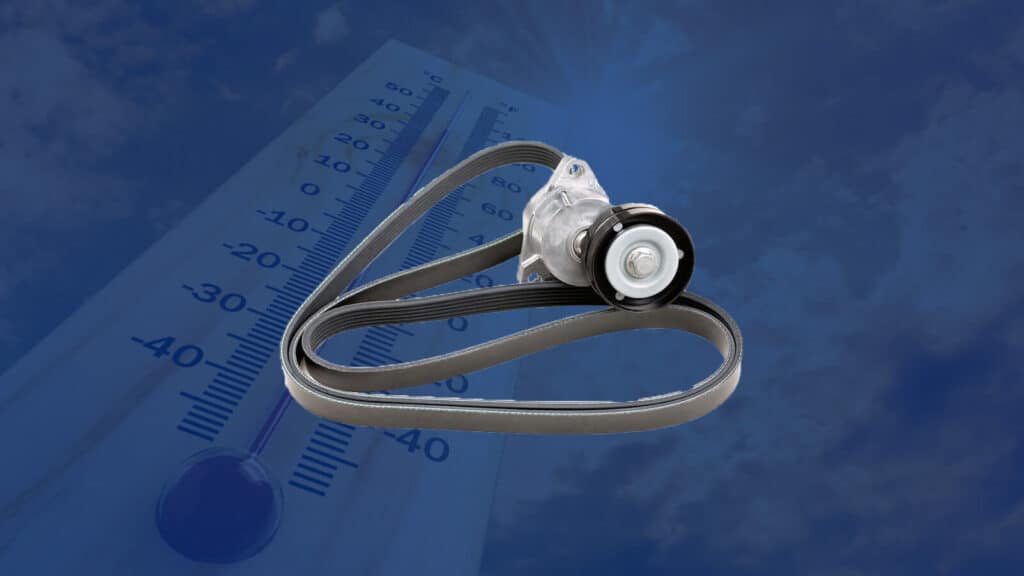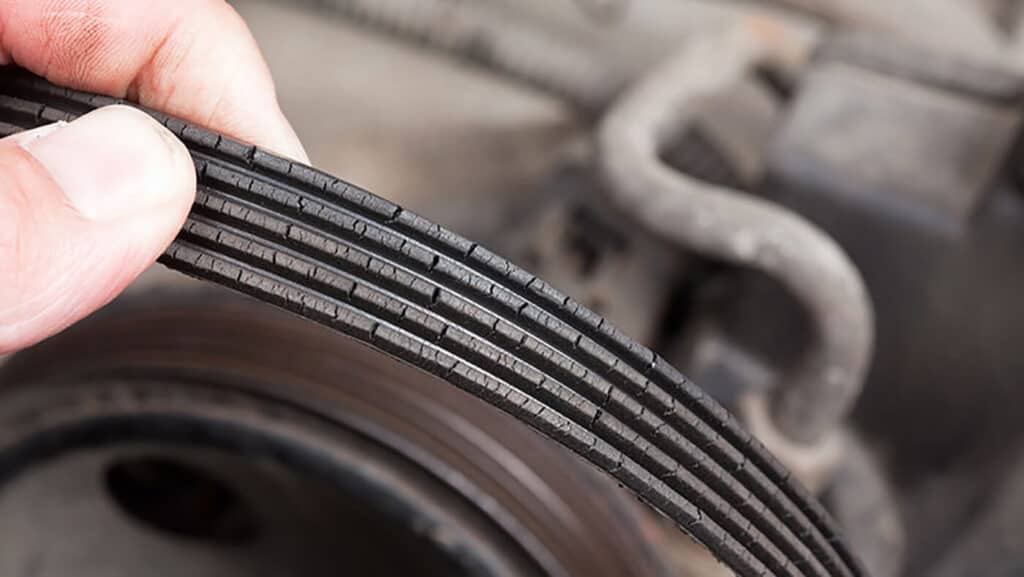Introduction
Vehicles are designed to endure a variety of environmental conditions, but extreme weather can strain even the most robust components. Among these, the serpentine belt, an essential component that drives various accessories like the alternator, power steering pump, and air conditioning compressor, can be affected by extreme temperatures. Understanding the impact of cold and hot weather on your serpentine belt can help you maintain it better and ensure its longevity. In this article, we’ll explore how extreme cold and heat affect your serpentine belt’s performance and lifespan, how to protect your belt during inclement weather, and the best maintenance practices in extreme climates.

The Impact of Cold Temperatures on Serpentine Belt Performance
Cold weather can cause materials to contract, and your serpentine belt is no exception. As temperatures drop, the belt can stiffen and become less flexible. This decreased flexibility can strain the belt, especially when you start your vehicle, as the sudden movement from a stationary state can lead to micro-cracks. Over time, these can develop into full-blown tears or a complete belt break.
Moreover, cold weather can make rubber materials more brittle, increasing the chances of the belt breaking. Cold weather can also make your engine harder to turn over, placing additional strain on the serpentine belt.
Why Extreme Heat Can Cause Premature Belt Wear and Tear
Conversely, high temperatures can cause the belt material to expand and soften, which can lead to stretching. An overstretched belt won’t fit the pulleys properly and won’t transfer power efficiently. This slippage can generate excessive heat, leading to accelerated wear and potentially damaging the belt’s inner structure.
Extreme heat can also cause the rubber in the serpentine belt to dry out, leading to cracking and glazing on the belt’s surface. The increased ambient heat can exacerbate any existing issues, such as misalignment or incorrect tension, hastening the belt’s deterioration.
Protecting Your Serpentine Belt During Inclement Weather
Protecting your serpentine belt from extreme weather starts with regular inspections. Look for signs of wear like cracking, glazing, or fraying, as these will worsen in extreme temperatures. Ensure the belt is correctly tensioned; a belt that is too loose or too tight is more vulnerable to damage. If your belt is showing signs of wear, it’s best to replace it sooner rather than later.
In winter, consider using a block or engine heater to keep your engine and its components, including the serpentine belt, warm. In hot weather, try to park your vehicle in shaded or covered areas to protect the belt from excessive heat.

Best Practices for Maintenance and Replacement in Extreme Climates
In extreme climates, both hot and cold, regular maintenance is crucial. Check your serpentine belt more frequently than the manufacturer’s recommendation, as the harsh conditions can accelerate wear.
Ensure that your serpentine belt is replaced with a high-quality one. Cheaper belts may not withstand extreme temperatures as well, leading to more frequent replacements and potentially higher costs in the long run.
Keep your engine clean. Dirt and grime can grind against the belt and cause premature wear. Also, check for leaks; oil or coolant on the belt can cause it to degrade more quickly.
Conclusion
To conclude, while serpentine belts are designed to be robust, they are not impervious to the elements. Extreme temperatures can affect their performance and shorten their lifespan. However, with regular inspections, correct maintenance, and appropriate protective measures, you can mitigate these effects and ensure that your serpentine belt remains in good working order for as long as possible.
